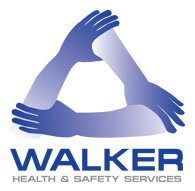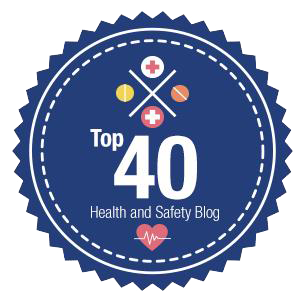 The Institution of Occupational Safety and Health (IOSH) has called for penalties that “reflect the gravity” of offences and greater use of measures such as director disqualification and retraining, as new sentencing guidelines for gross negligence manslaughter come into effect.
The Institution of Occupational Safety and Health (IOSH) has called for penalties that “reflect the gravity” of offences and greater use of measures such as director disqualification and retraining, as new sentencing guidelines for gross negligence manslaughter come into effect.
From Thursday 1 November 2018, those convicted of the offence of gross negligence manslaughter in England and Wales will face longer prison sentences, up to a maximum of 18 years, as well as compensation orders. Continue reading →
Tips to Protect Workers that are Working In or Near Excavations
- Undertake a thorough risk assessment to determine how anyone could be hurt when working with excavations. Consider how and when a collapse could occur, or how someone could fall in, for example. Think about the underground cables (such as electricity) that could be in the area.
- Support the sides of the excavation properly, and install barriers and covers when work finishes for the day or halts so that no one can fall in. Ensure good levels of lighting around the excavation, especially at night and in the winter months.
- Develop and implement a safe system of work for workers to follow, which includes ensuring the excavation is properly boarded, and that it is dug to the correct depth. Ensure workers know the location of any underground cables before starting work.
- Train workers on the dangers of working in or near excavations.
- Supervise all work activities and ensure that you have a means of providing an emergency evacuation if someone should become injured in an excavation.
Contact us if you require further information.
Accident can be prevented, if the correct procedures are in place . Check today that your workers are protected when working at height.
Tips to Help Prevent Work at Height Accidents
- Undertake a risk assessment to work out the hazards associated with each task involving work at height. Determine how workers could fall, be struck or knocked over, and how items could fall from above onto workers and others at ground level.
- Whenever possible, avoid the need for working at height by completing the work from ground level, such as by using extendable tools and equipment. If this cannot be done, think about how best to prevent a fall from happening, for example by the use of edge protection and worker restraint systems. If the risk still remains, look to minimise the distance someone could fall by using safety nets or similar.
- Segregate vehicles from work at height activities by using fixed barriers. Ensure that activities are co-ordinated and that vehicles operate at a different time to the work at height activity if there is a risk of collision or contact.
- Check you have planned the work properly and that there is a safe system of work in place for workers to follow. Ensure the work at height is adequately supervised by a competent person with knowledge of the risks.
- Train workers in the use of work at height equipment and safety measures, and discuss the contents of your risk assessments with them, including the importance of implementing the controls provided to reduce identified risks.
Contact Walker Health and Safety Services Limited if you require assistance.




 The Institution of Occupational Safety and Health (IOSH) has called for penalties that “reflect the gravity” of offences and greater use of measures such as director disqualification and retraining, as new sentencing guidelines for gross negligence manslaughter come into effect.
The Institution of Occupational Safety and Health (IOSH) has called for penalties that “reflect the gravity” of offences and greater use of measures such as director disqualification and retraining, as new sentencing guidelines for gross negligence manslaughter come into effect.





